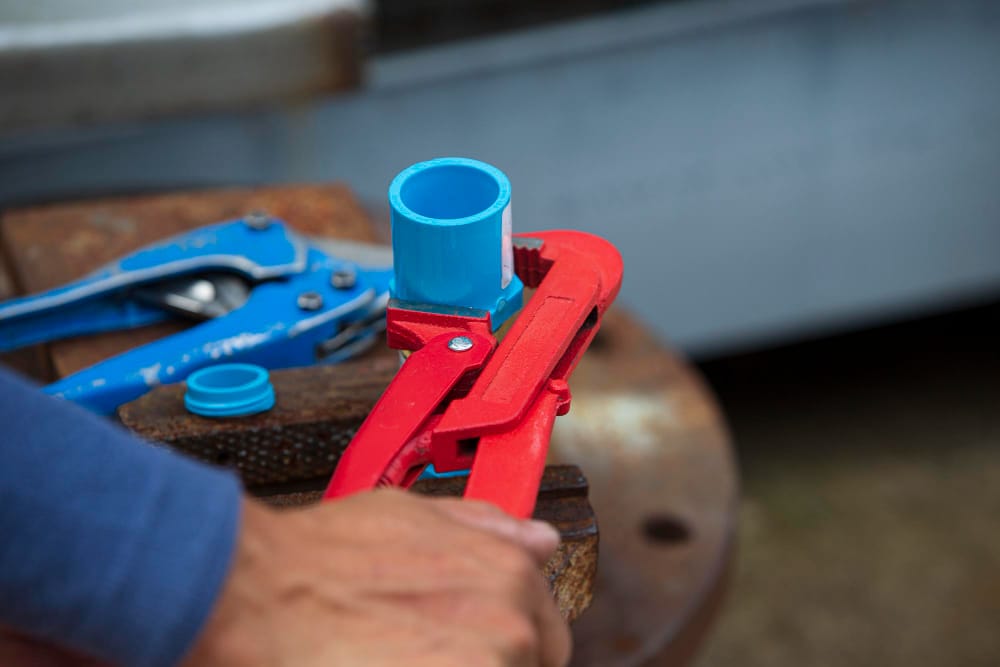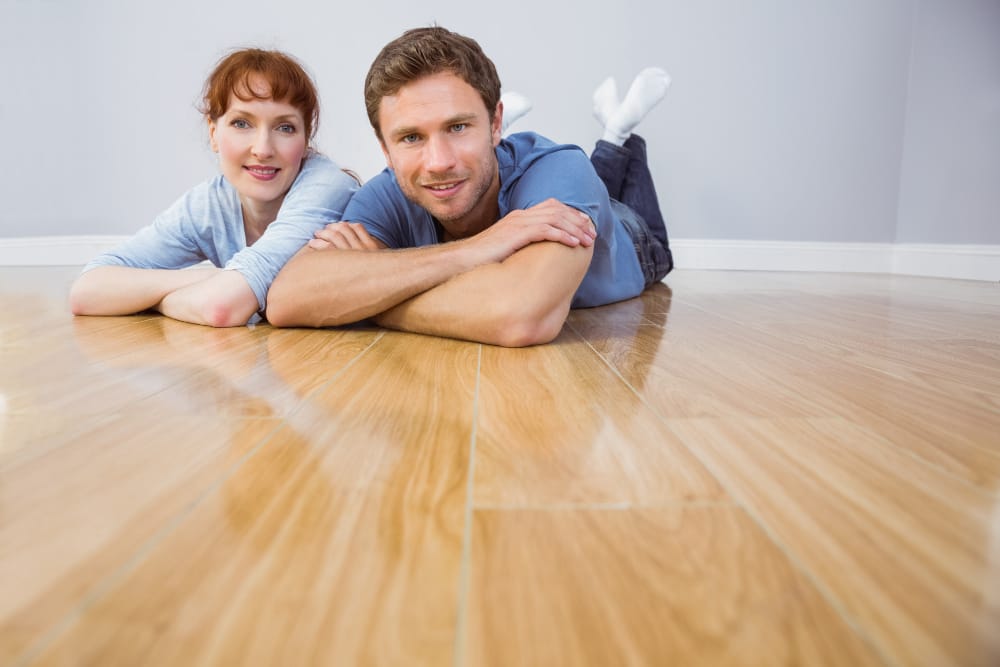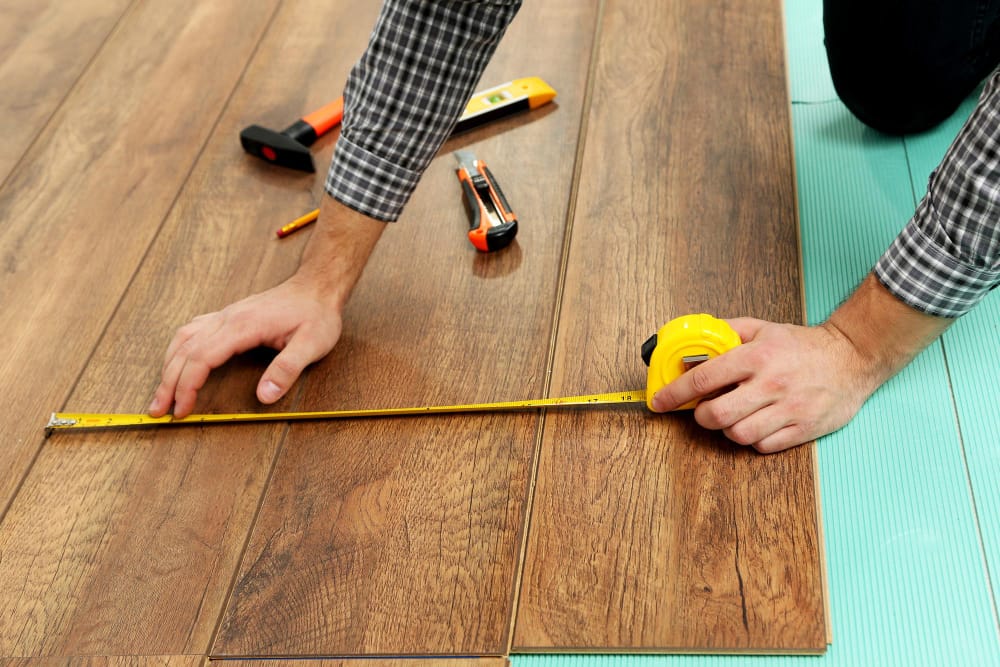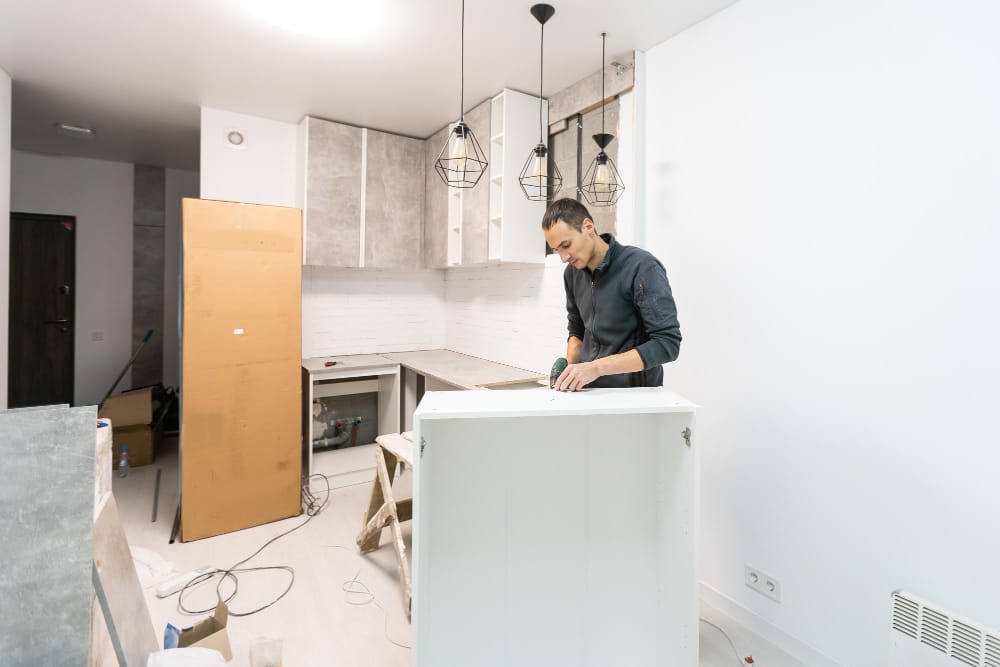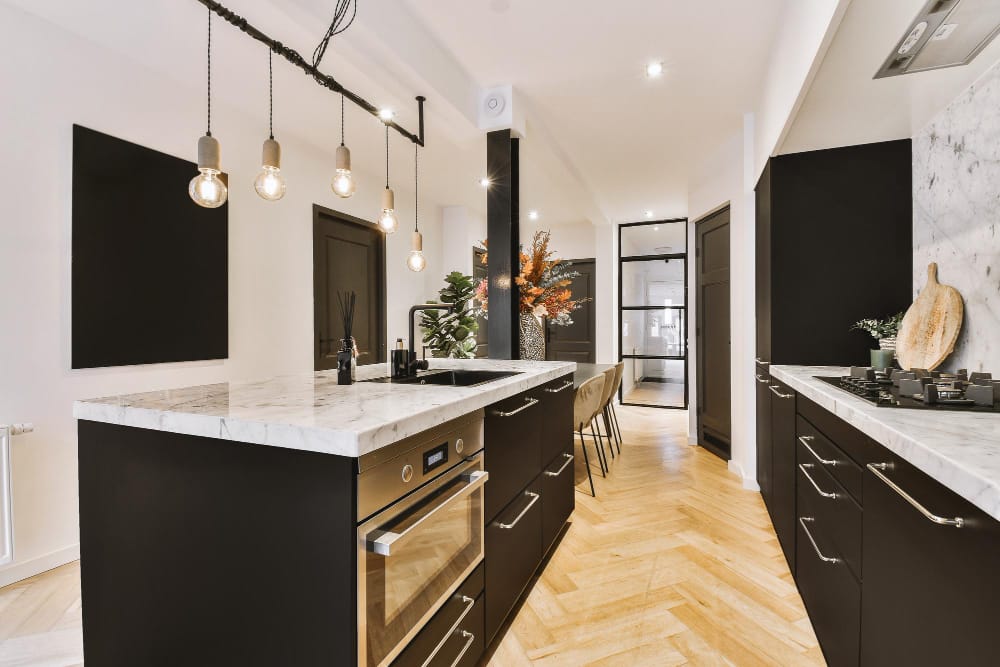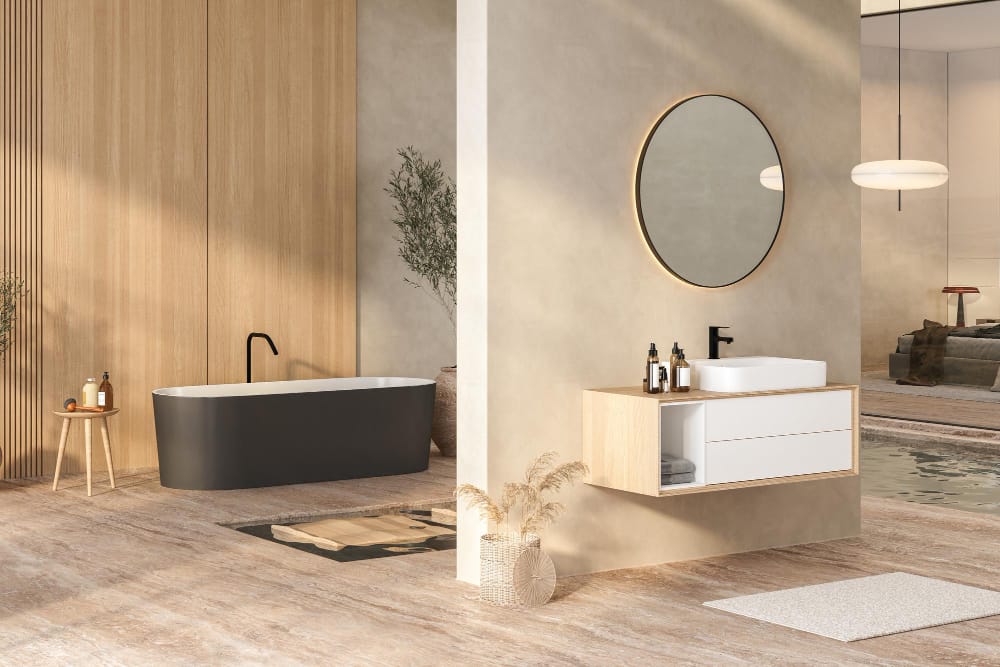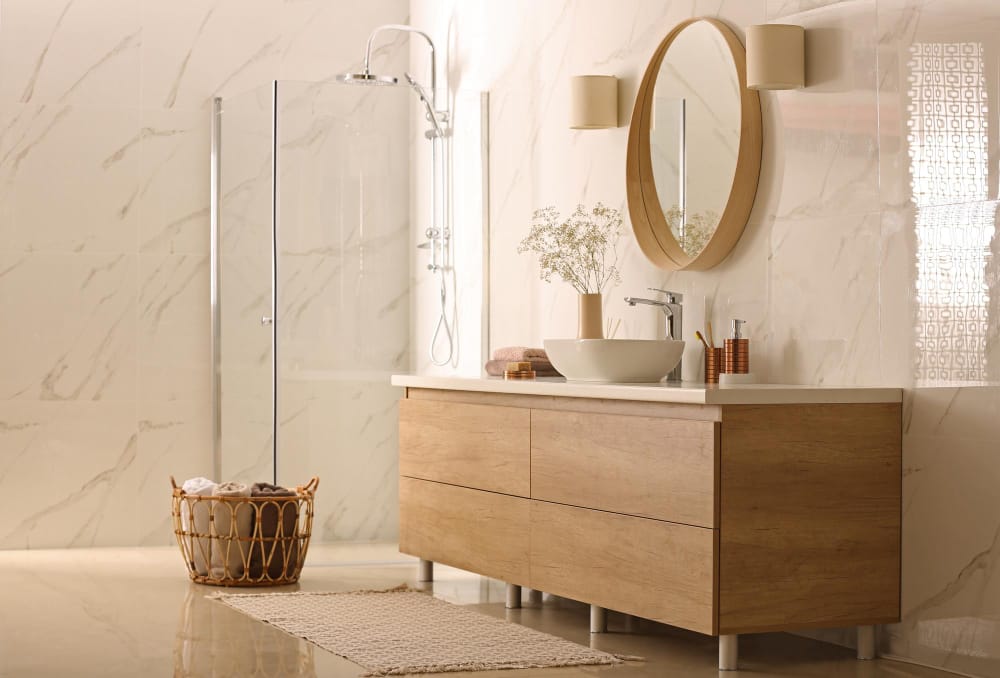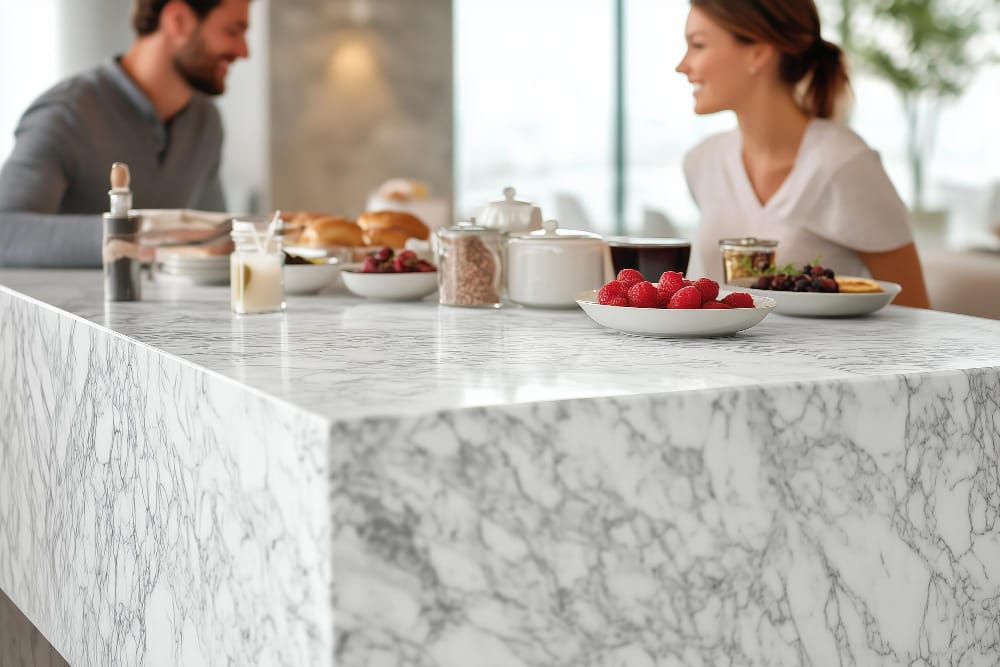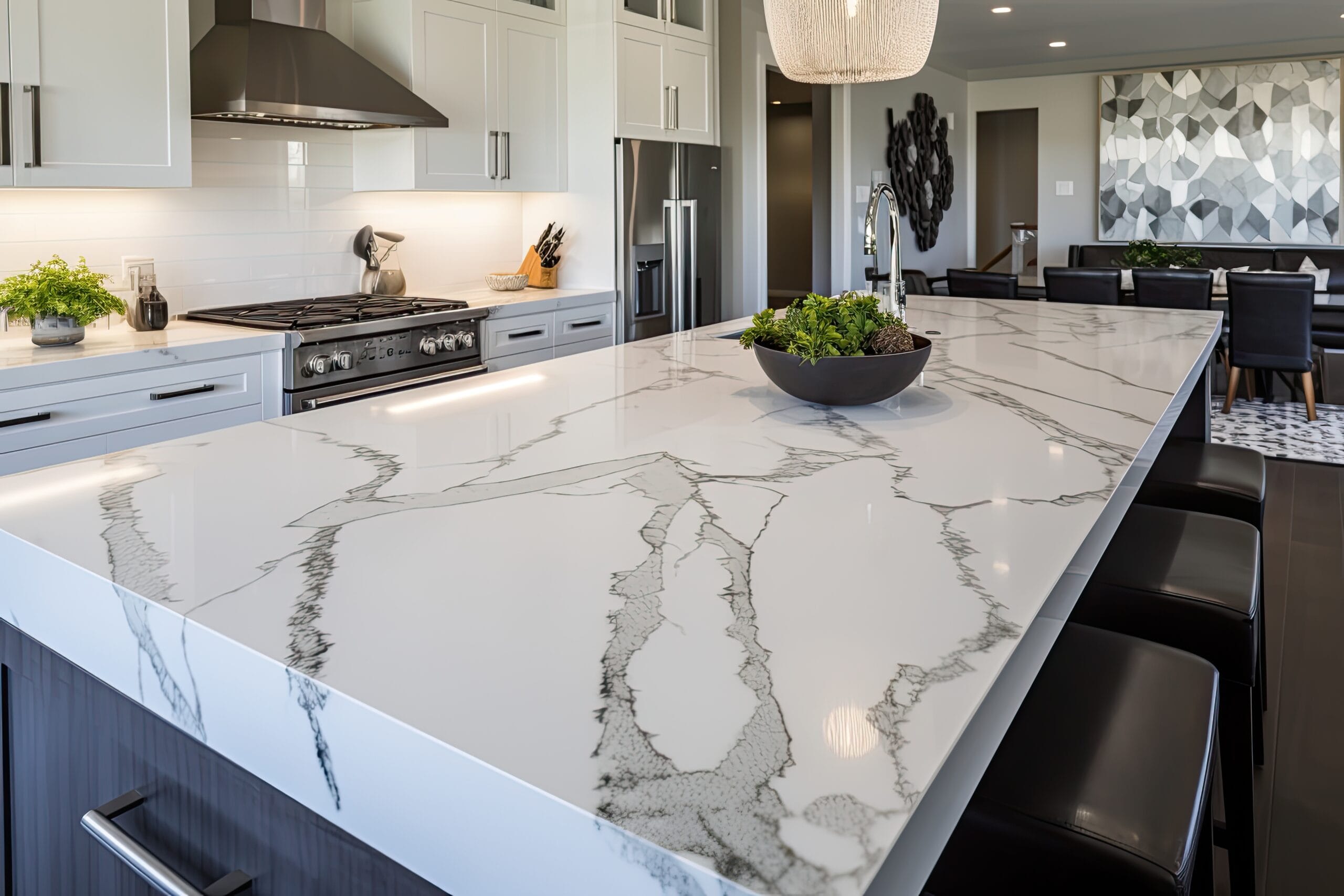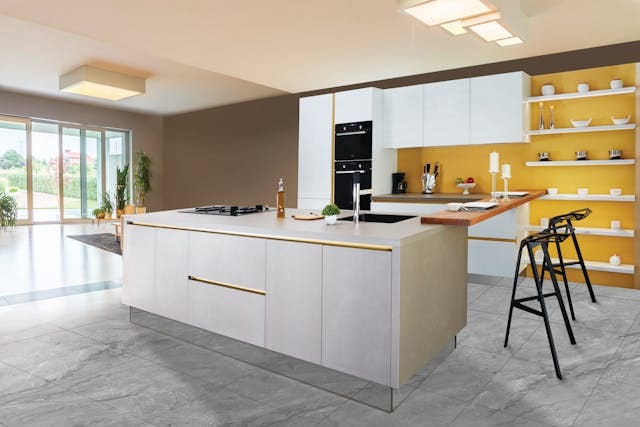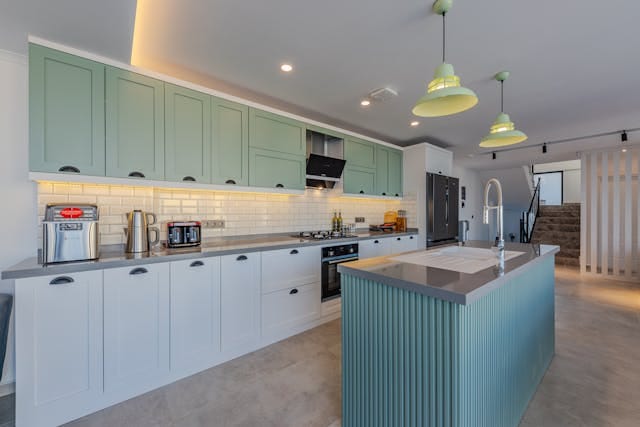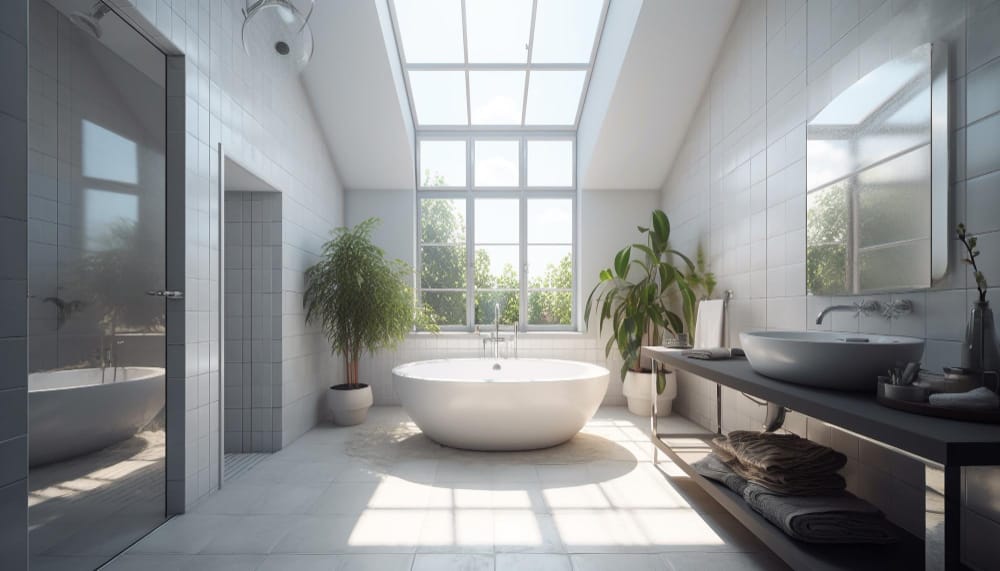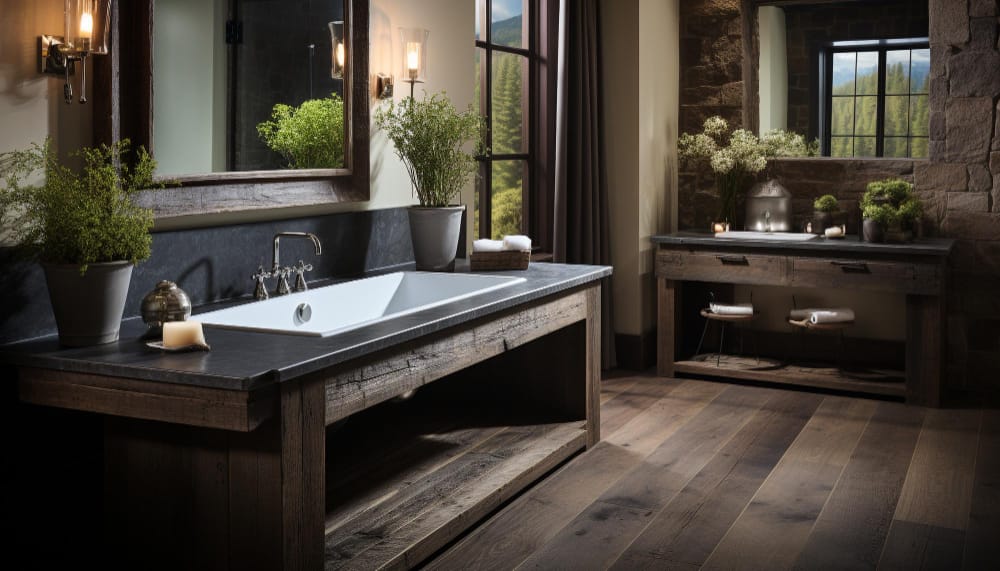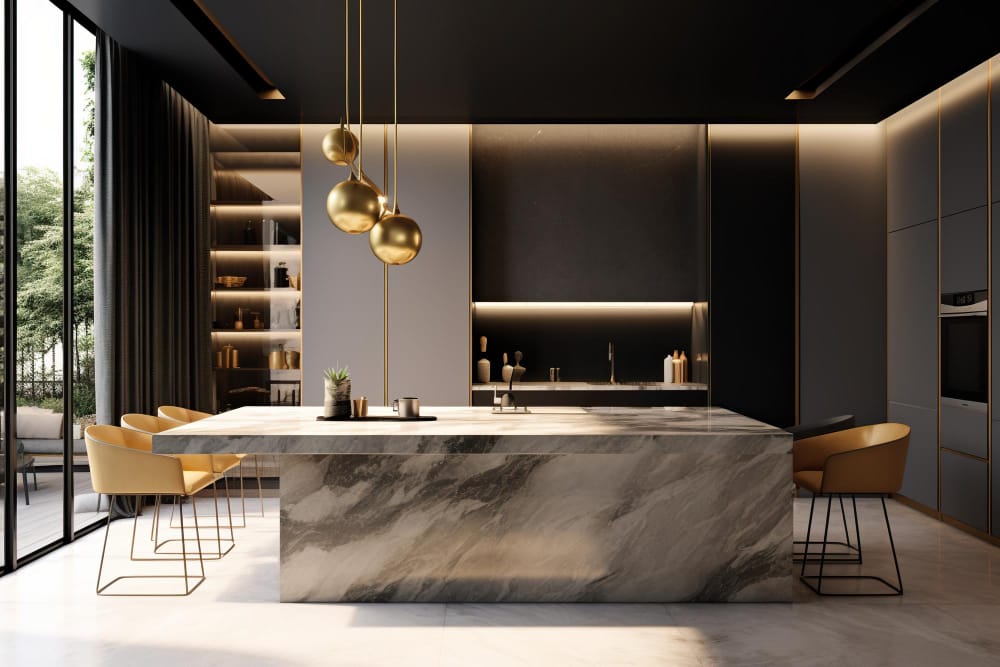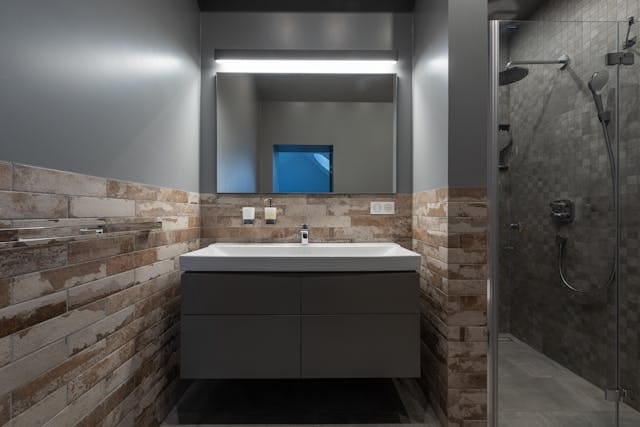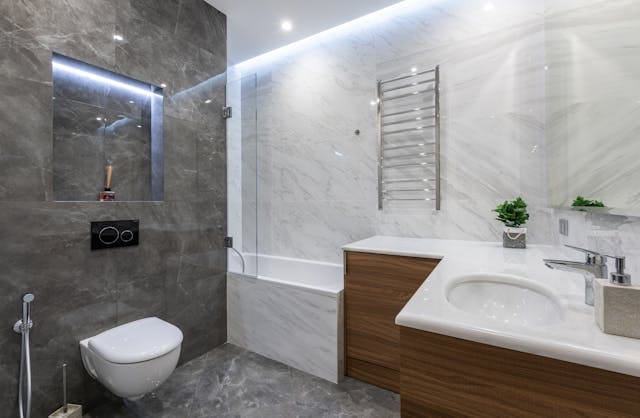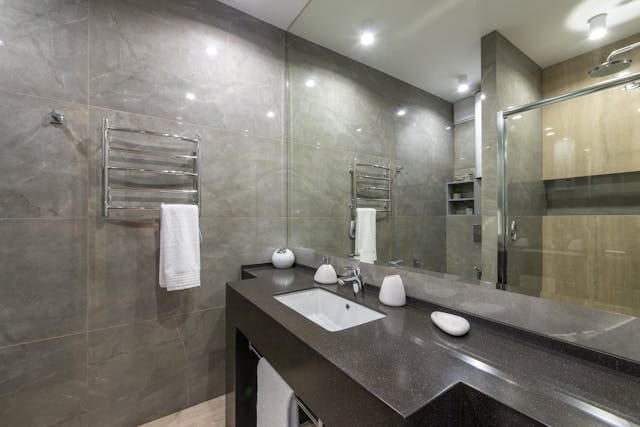When your home’s plumbing starts to show its age, the best solution often isn’t another repair — it’s a full replacement. Searching for a trusted repipe service near me can feel overwhelming at first, but understanding what the process involves makes it far easier. Repiping is one of the most valuable upgrades a homeowner can make, improving water quality, pressure, and reliability while protecting your property from future leaks or damage.
Whether you’re in Sacramento or the Bay Area, a professional repipe gives your home a fresh foundation for comfort and efficiency. Here’s a simple, step-by-step look at everything you need to know before getting started.
Why Repiping Matters
Over time, old pipes corrode, clog, or develop small leaks that compromise your entire plumbing system. Rust buildup can discolor water, lower pressure, and cause hidden damage behind walls or under floors. By investing in a complete repipe, you’re not just repairing — you’re renewing. A modern system improves water flow, reduces maintenance, and adds lasting value to your home.
Homeowners who take the time to schedule a professional repipe service near me enjoy years of consistent water pressure and peace of mind knowing their plumbing meets today’s quality and safety standards.
When to Consider a Repipe
Not sure if it’s time to replace your plumbing? Look for these common warning signs:
- Low water pressure throughout your home
- Rusty or cloudy water coming from taps
- Frequent pipe leaks or repairs
- Visible corrosion on exposed piping
- Water that tastes metallic or has a strong odor
- Homes built before 1990 that haven’t been updated
If several of these issues apply, your plumbing may be at the end of its life cycle. A professional inspection can confirm whether repiping is the right step.
What’s Included in a Full Repipe Service
Professional repiping services replace all of your home’s water lines — both hot and cold — with new, durable materials. Here’s what’s typically included:
- Initial plumbing inspection and pressure testing
- Consultation on materials such as PEX or copper
- Removal or bypassing of old pipes
- Installation of new water lines through walls, ceilings, or crawl spaces
- Testing for leaks and pressure consistency
- Drywall restoration and paint touch-ups
The process usually takes two to five days depending on home size. Skilled contractors can complete most projects without major disruption to your daily routine.
Material Options: PEX vs. Copper
Most modern repipes use either PEX (cross-linked polyethylene) or copper piping. Both are excellent choices, but they suit different homeowner priorities:
- PEX: Flexible, affordable, and corrosion-resistant. Easy to install and energy-efficient.
- Copper: Premium, long-lasting, and naturally antimicrobial. Known for its strength and heat resistance.
A professional repipe service near me will recommend the best option for your home based on layout, budget, and local water conditions. PEX is often preferred in Sacramento’s climate due to its adaptability and lower installation costs.
How to Choose the Right Repipe Contractor
Finding the right team is crucial to a smooth and successful project. Look for licensed and insured contractors who specialize in whole-home repipes — not just general plumbing repairs. Ask for references, proof of permits, and written estimates that clearly outline scope, materials, and warranty terms.
Experienced professionals ensure every aspect of your repipe meets building codes and manufacturer standards. Hiring a reputable company also means cleaner installation, faster timelines, and fewer follow-up issues.
Cost Expectations
The total cost for a repipe service near me depends on several factors, including home size, pipe material, and accessibility. In Sacramento, most homeowners pay between $6,000 and $12,000 for a full repipe. PEX systems are typically on the lower end, while copper projects cost more due to material and labor expenses.
Ask for an itemized estimate that includes permits, inspections, and restoration. This transparency prevents unexpected costs and allows you to budget accurately.
Benefits of a Professional Repipe
Replacing your plumbing system offers both immediate and long-term advantages:
- Consistent water pressure throughout your home
- Cleaner, better-tasting water
- Reduced risk of leaks or flooding
- Improved efficiency and lower water waste
- Increased home resale value
- Peace of mind knowing your system is up to code
Beyond functionality, a repipe makes daily living more enjoyable. Whether it’s taking a shower, running multiple fixtures, or doing laundry, your home’s water system simply works better.
Local Expertise Matters
Working with local home service specialists ensures your plumbing meets regional building codes and is designed for Sacramento’s unique water conditions. Experienced contractors also understand the city’s permitting process and inspection requirements, making your project faster and more predictable.
Local knowledge can also help you qualify for regional efficiency programs or rebates tied to modern plumbing upgrades.
Maintenance After Repiping
Once your new plumbing system is installed, maintenance is simple. Check for small leaks annually and schedule professional inspections every few years. Keeping your water heater flushed and your filters clean helps extend the lifespan of your pipes. With these simple habits, your new system can perform flawlessly for decades.
Environmental and Energy Benefits
Modern materials like PEX reduce heat loss in hot water lines and limit the need for constant reheating. This makes your home more energy-efficient and environmentally friendly. Over time, that translates into lower utility bills and a smaller carbon footprint — benefits that align perfectly with sustainable home goals.
Peace of Mind and Long-Term Value
According to Modern Home Upgrades Portal, plumbing upgrades consistently rank among the top five home improvements for long-term return on investment. Beyond resale value, homeowners report noticeable lifestyle improvements — from quieter pipes to faster hot water delivery. Repiping is a one-time upgrade that pays dividends for decades.
Final Thoughts
Finding the right repipe service near me ensures your plumbing upgrade is done right the first time. By choosing experienced professionals, you’ll enjoy cleaner water, consistent pressure, and reliable performance year-round. A quality repipe isn’t just maintenance — it’s a long-term investment in your home’s safety, efficiency, and overall comfort.
